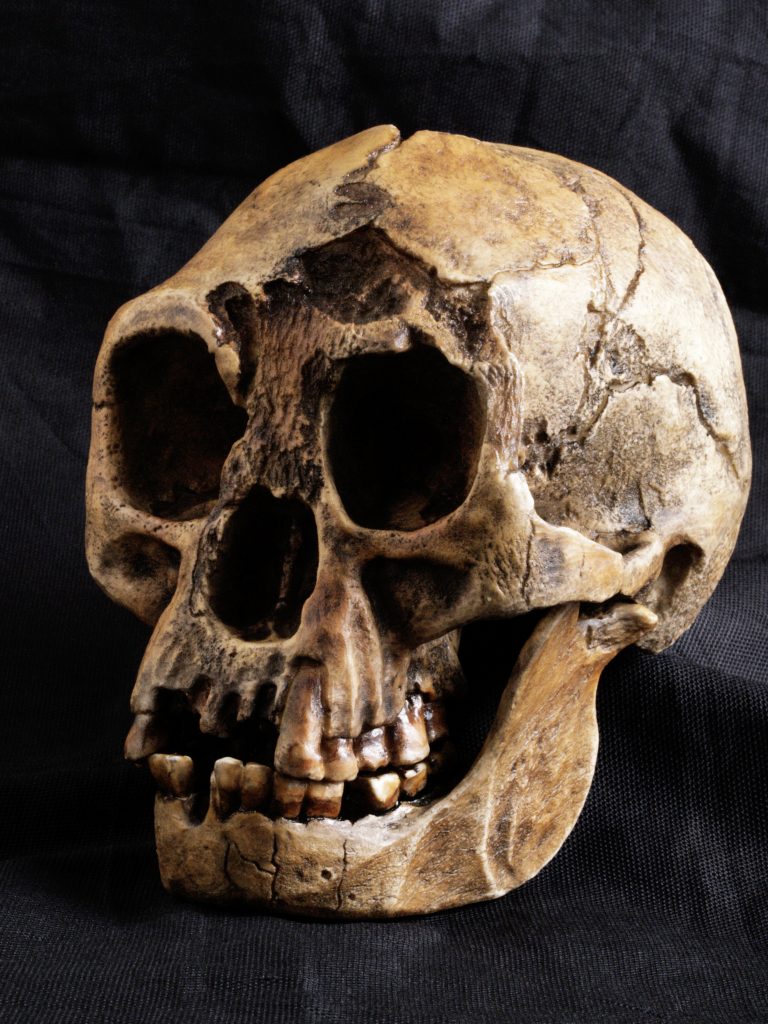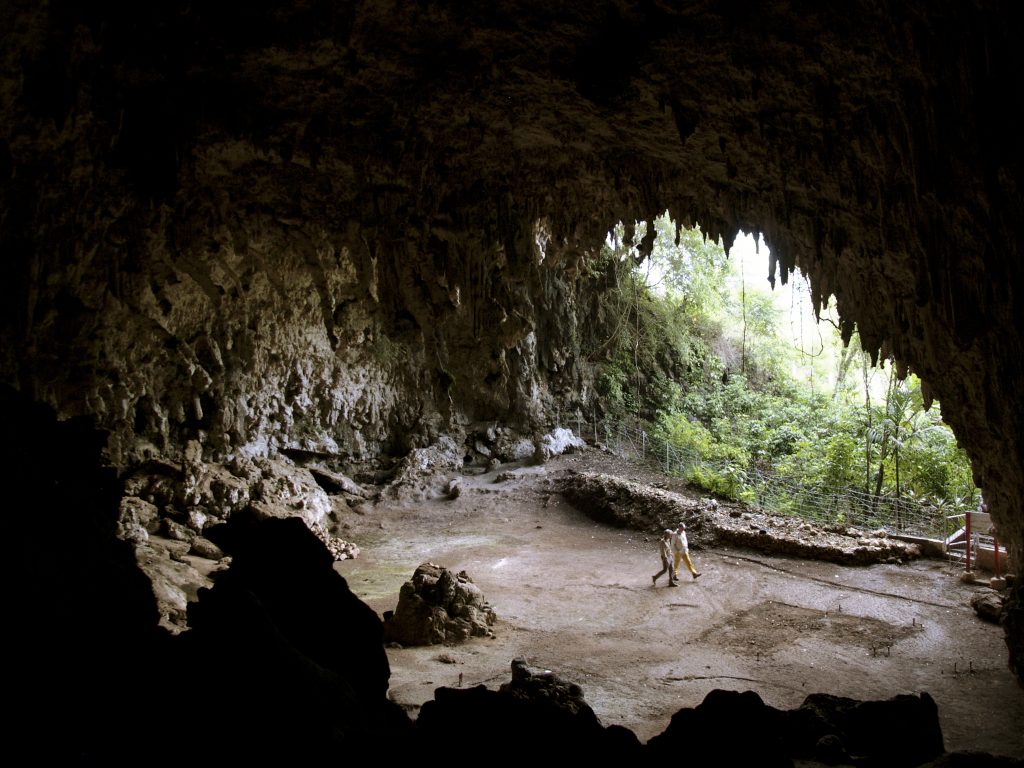
A puzzle for posterity?
Text Khong Swee Lin
Cabo de Flores, or “Cape of Flowers”, was a poetic sobriquet bestowed upon the eastern cape of a rugged isle in Indonesia’s Lesser Sunda Islands by 16th-century Portuguese missionaries who came with the twin intents of proselytising and profit, thanks to spices and sandalwood.
Around 1,500 kilometres east of the island of Java, the Lesser Sundas are known as part of the Nusa Tenggara arch across sparkling waters in the region of the same name, its inner arc inclusive of the volcanic islands Bali, Lombok, Sumbawa and Flores, while its outer arc includes non-volcanic Sumba, Savu and Roti.
Flores’ claim to fame lay in the three coloured crater lakes of Mount Kelimutu, depicted on the backs of Indonesian rupiah banknotes. Today, these natural wonders send innumerable tourists faithfully scurrying up Kelimutu from the extremely convenient car park below, often at the crack of dawn – a tough climb indeed.
Despite continuing fascination for the lakes, a tranquil valley 14 kilometres northwest of the little hill town of Ruteng in west Flores has instead garnered worldwide attention thanks in no small measure to the efforts of Father Theodorus L. Verhoeven. Tucked away within the Wae Racang valley, the “Cool Cave”, or “Liang Bua”, could have been a shelter from the elements or more importantly, a massive volcanic eruption. Festooned with limestone stalagmites, it was an unlikely setting for Verhoeven’s classroom, now the world’s classroom.

Although the Portuguese presence in Nusa Tenggara declined following their 1575 defeat in Ternate, Catholicism had already been introduced to eastern Indonesia. The international Order of the Societas Verbi Divini (Society of the Divine Word), or SVD as it was popularly known, was a Catholic mission beginning its work in Flores around 1913. Dutch priest and missionary Theodor Verhoeven arrived in 1949 to disseminate the Word… and words. Unsurprisingly, he just happened to have obtained his PhD in archaeology from the University of Utrecht after completing his thesis on, amongst others, the Pompeii excavations. SVD missionaries are, by the way, known to be learned, and some are experts in history, anthropology or linguistics.
Geologically unstable Flores seemed to be Verhoeven’s happy hunting ground. Besides seminary work, he’d tramp around sites: 840,000-year-old Mata Menge in the Soa Basin for instance (described as “inhospitable”, being surrounded by volcanoes), where he discovered stone implements from the Middle Pleistocene; or earlier at an old village Ola Bula, where there were remains of fossilised stegodons, or extinct dwarf elephants, as well as Palaeolithic stone blades
and implements.
Besides identifying archaeological sites, Verhoeven also excavated at Liang Bua and postulated that the Javan Homo erectus could have arrived in Flores 750,000 years ago. But how could that be, as Flores was Wallacea country? Dividing Bali from Lombok, Borneo from Sulawesi, islands to the east of the so-called Wallace Line exhibit characteristics of Australasian-type flora and fauna, including marsupials and parrots, while islands to the west of the line exhibit more tropical characteristics, both sides isolated by the deep Lombok Straits. Komodo dragons, stegodons, giant rats, tree rats and tortoises could have roamed Flores. And they did: Papagomys theodorverhoeveni was one such rat!

Though Verhoeven’s work, published in German, was the earliest, it went sadly unheeded by the largely English-speaking palaeoanthropological community until the late 1990s, when a joint Dutch-Indonesian team confirmed his Soa Basin findings using palaeomagnetism – a modern method of dating stone tools by determining the age of sediments.
Minds were slowly changing – perhaps Verhoeven was right after all. Indonesian Professor Raden Soejono, who excavated at Liang Bua between 1978 and 1989 (after Verhoeven in 1965), gathered valuable archaeological information covering 10,000 years or so, confined to the top three metres of floor. It fell to a joint Indonesian-Australian research team to burrow there. Did modern or pre-modern humans live on Flores, say, 15,000 years ago?
Starting in 2001, they struck pay dirt in 2003. A mere 5.9 metres downwards was all it took to bring first the skull, and then other parts, of “Paula” to light. Ignominiously labelled “LB -1”, the one-metre tall woman, perhaps 30 years old and just 25 kilograms, probably lived 18,000 years ago. In fact, six other skeletal remains and a hearth have emerged. “Peter”, “Paul”, “Paula” and their peers had indeed resided there, throwing stegodon and rodents on the barbecue.
Homo floresiensis – a new hominin species (Late Pleistocene period) had been discovered. Following Verhoeven’s lead, Dr Mike Morwood from the University of New England in Australia, co-leader of the team, had uncovered the cave’s secret. Or had he?
Scientific sparks and barbs began to fly. What were these pygmies, with their short thighbones and their tiny skull size, less than a third of a normal skull? Robert Eckhardt, Professor of Developmental Genetics and Evolutionary Morphology at Penn State University, opined that Paula was a “developmentally abnormal” human skeleton with features consistent with that of Down Syndrome, including craniofacial asymmetry and a left-right mismatch of her skull. Was she just a modern human with microcephaly (abnormally small head, small body and some mental disorder)?
The human brain is sized at 1,300 cubic centimetres; a CT scan of Paula’s skull revealed that hers was approximately 426 cubic centimetres. Homo erectus’ brain size was about 1000 cubic centimetres. But the Javan Homo erectus’ brain size was around 860 cubic centimetres. So could Homo erectus have been Paula’s ancestor?
The swirling dust has yet to settle. But one thing is clear, without Verhoeven, there might have been no dust. And the “hobbits”? Well, Bilbo Baggins was partial to seed – cake and buttered scones – not giant rodents or even giant tortoises.
Perhaps we should let the Florenese have the last word. According to the mythology of Flores, at the foot of Flores’ 2,100-metre high Mount Ebulobo, with its perfect steaming cone, is a cavern inhabited by short, hairy folk known as Ebu Gogo, who eat everything, including a roast pachyderm or two.
For more stunning stories and photographs from this issue, check out Asian Geographic Issue 110.










